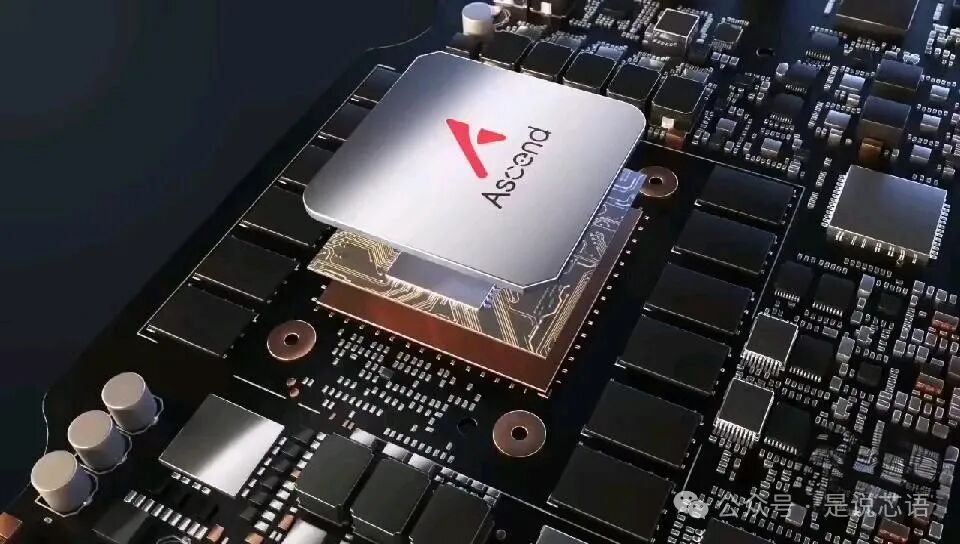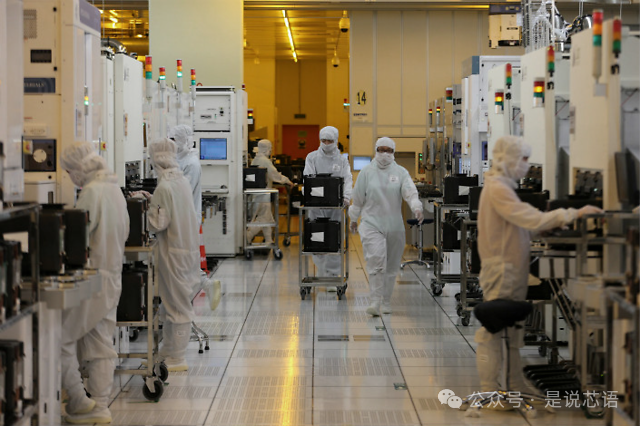Application for “China IC Unicorn” Selection
Collection of Innovative Achievements for High-Quality Development of Semiconductors
Yesterday, an unverified rumor caused ripples—Huawei is reported to plan a significant investment in building a large chip manufacturing plant, a move that allegedly unsettled NVIDIA CEO Jensen Huang. Although the news has not been officially confirmed, it reflects the ongoing process of semiconductor self-sufficiency in China and the changes in the global supply chain, making it a critical point for observing industry trends.
From a technical perspective, if Huawei chooses to bet on mature processes (28nm and above), relying on domestic equipment to build capacity is more realistic. Shanghai Micro Electronics’ DUV lithography machines still have about a 30% efficiency gap at the 28nm process, but they can meet the basic needs for base stations, IoT, and automotive chips. Coupled with the trend of China’s National Integrated Circuit Fund Phase III leaning towards manufacturing, and Huawei’s recent intensive investments in upstream and downstream companies such as materials and EDA tools through Hubble Investment, building a wafer fab focused on mature nodes aligns with both commercial and policy logic. However, if it attempts to enter advanced processes below 7nm, even without considering the absolute blockade of EUV lithography machines, the “de-Americanization” of equipment such as etching and deposition would require overcoming at least five years of technological gaps, making short-term commercialization nearly impossible.
For NVIDIA, the real threat does not lie in whether Huawei can replicate another TSMC, but rather in the possibility that the latter could reshape the competitive rules in specific markets through local production capacity. Currently, NVIDIA holds over 90% of the market share in China’s data center AI chip market, but its A100/H100 series has been forced to release a performance-reduced “special edition” A800/H800 due to U.S. export restrictions. If Huawei’s Ascend 910B chip can achieve stable mass production through its self-built production line, combined with the Chinese government’s domestic substitution procurement list, NVIDIA may face a 20%-30% erosion of its market share. The more profound impact lies in the automotive chip sector: Huawei’s MDC platform has secured orders from clients like BYD and Changan, and if it internalizes the design and manufacturing of autonomous driving chips, NVIDIA’s Orin chip may lose its premium pricing power in the Chinese smart car market.

However, this seemingly imminent game still faces multiple rigid constraints. Semiconductor manufacturing has never been a simple issue of capital investment—SMIC’s 28nm production line took four years to reach a yield of 95%, and Huawei currently lacks a professional wafer fab operation team, needing to poach talent from TSMC, UMC, etc., which often comes with the risk of non-compete litigation. The challenges at the equipment level are even more severe: even with domestic solutions, a 28nm production line with a monthly output of 30,000 wafers would require at least 18 lithography machines, and given Shanghai Micro Electronics’ current annual production capacity of less than 50 units, the hardware delivery cycle alone would take two years.
Not to mention the potential “nuclear-level” sanctions that the U.S. might impose: if the U.S. government determines that Huawei’s new factory uses American technology or equipment, even if the factory is not re-listed on the entity list, it could invoke the Foreign Direct Product Rule (FDPR) to cut off its equipment maintenance, parts supply, and software update rights. Referring to the case of Yangtze Memory Technologies being sanctioned in 2023, Lam Research and Applied Materials were forced to withdraw their on-site engineers from Hefei Changxin, causing its expansion plans to be delayed by at least nine months. This kind of “precise supply cut” is as lethal as the entity list itself and requires no additional administrative procedures.

The variables of geopolitical factors further obscure the certainty of the technical route. The U.S. Department of Commerce’s Bureau of Industry and Security (BIS) has recently pressured ASML to delay the delivery of certain DUV lithography machines to China. This “precise positioning” strategy clearly aims to prevent China from building a complete ecosystem for mature processes. On the other hand, China is attempting to circumvent the blockade through “third-party cooperation”—Huawei is reported to be procuring second-hand equipment through Dalian Chip Technology and trying to transfer some production lines to Malaysia to avoid scrutiny. While this “dual-track” strategy can buy time, it has also led to a 15%-20% increase in supply chain costs, weakening price competitiveness.
Based on multiple sources and industry patterns, the credibility of Huawei independently building an advanced process wafer fab is less than 30%, but the probability of expanding 28nm capacity in collaboration with companies like SMIC exceeds 60%. Even if the project materializes, considering the equipment debugging and yield ramp-up cycle, it is unlikely to pose a substantial impact on international giants like NVIDIA before 2027. The real turning point may occur around 2030—if domestic lithography machines break through the 20nm process and emerging paths like silicon photonics bypass traditional process bottlenecks, the global semiconductor power structure may undergo reconstruction.
In this protracted battle across technology, capital, and politics, overly dramatizing “breakthroughs” or “threats” is an irrational attitude. What the professional market needs to focus on are the signals hidden behind the rumors: as Huawei begins to transition from a system designer to an IDM model, and as Jensen Huang frequently appears at the headquarters of Chinese car companies, the rules of the semiconductor industry game are no longer limited to competition under Moore’s Law, but have evolved into a dual contest of ecological alliances and geopolitical endurance.
Statement: This article neutrally states facts and does not represent the position of any organization. This article is based on publicly available information and industry analysis and will continue to monitor the progress of events.
To join the “China IC Unicorn Alliance”, please click here
Submissions and business cooperation please contact WeChat dolphinjetta
Let’s talk about chips, welcome to follow and share
